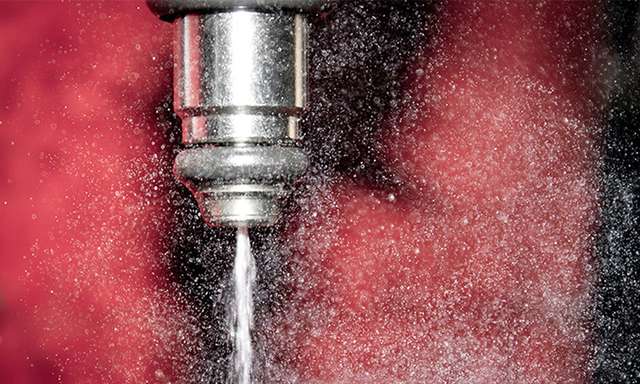- engine
Fuel injection: What is it and how does it work?

Updated 28 Sep 2022
Joel Ilton

These days, nearly every single vehicle on the road is powered by an engine fitted with fuel injection. But what is fuel injection?
In what we might call ‘the old days’, carburettors were the technology of choice to introduce the air and fuel mixture into the engine.
However, when stricter emissions limits were brought in around the world, manufacturers needed to create a better way of delivering that mixture.
Developing more efficient carburettors was not cost effective, so the decision to move to fuel injection was the next logical step.
This introduced more complicated systems and today’s fuel injection uses complex computer systems and astronomical fuel pressures to maximise every drop of fuel to power the vehicle.
The theory that fuel injection is a ‘newer’ technology than carburettors is actually false.
Fuel injection has been around in very basic form since the early 1900’s, and was pioneered by the German company Bosch in the 1950’s.
Utilising a mechanical injection pump, the fuel was ‘forced’ into the engine through an injector, instead of relying on the vacuum of the engine to suck fuel through a carburettor.
This increased power and efficiency and paved the way for fuel injection to become the most popular form of fuel delivery.
As technology has developed in leaps and bounds, more and more complexity has found its way into vehicles.
Engine control units (ECUs), oxygen sensors and electronically controlled injectors are the norm on modern engines, which allows for very precise control over fuel delivery, decreasing harmful emissions and providing better performance.
‘This still hasn't answered the main question of how it works!’ I hear you say. Keep reading dear reader and prepare to have your mind blown!
Starting at the fuel tank, the first main difference is the use of a higher-pressure fuel pump than that found in a carburetted vehicle.
This pump forces the fuel up to the engine through the fuel lines and fuel filter, where it then reaches the fuel rail.
The fuel rail houses the fuel injectors and fuel pressure regulator which, as the name suggests, regulates the amount of fuel needed.
This is dictated by the ECU, which calculates the correct fuel and air ratio by monitoring the amount of airflow into the engine, the ambient temperature the engine is operating in and the amount of leftover oxygen in the exhaust.
That last bit of information is provided by the oxygen sensor, located just down from the engine in the exhaust pipe.
Once the ECU has calculated the correct amount of air and fuel needed, it triggers the fuel injectors to open electronically and at just the right time in the combustion cycle to ensure the most efficient use of the air and fuel mixture.
If that doesn't sound complicated enough as it is, this process happens hundreds of times a second!
If all of this complexity hurts your brain, an easier way of thinking about it is like this: You put fuel in the tank, the computer does the hard thinking, fuel is injected into the engine, mixture goes boom, car moves!
It’s amazing what technology can do and what we take for granted – remember that all this is happening hundreds of times a second while we are cruising along the road singing along, terribly most likely, to a song on the radio.

Written By
Joel Ilton
Finding a passion for cars from a young age, Joel carried out work experience as a mechanic whilst at school before starting an apprenticeship after finishing year 12.
Joel is now the Workshop Manager at Robina Volkswagen.